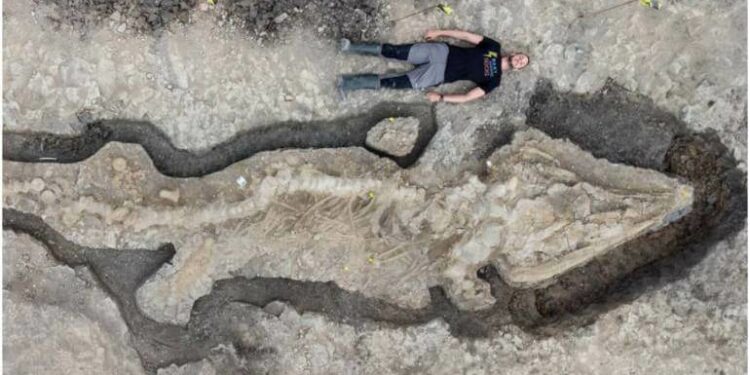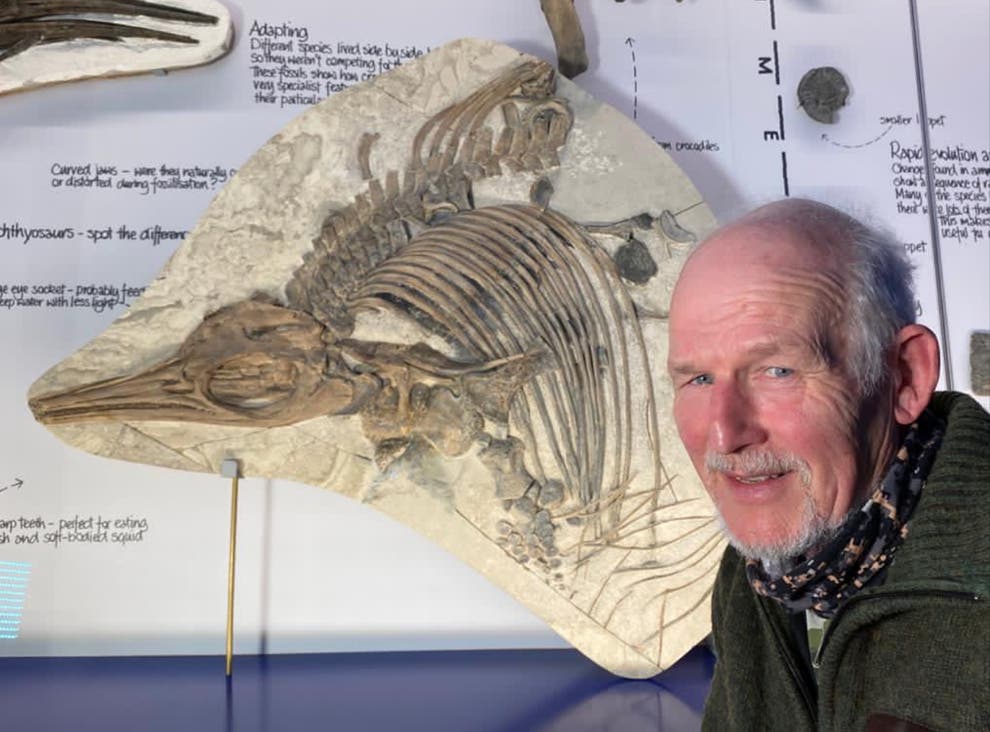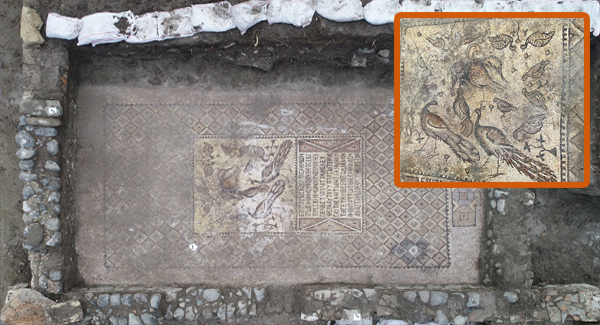In Leicestershire, the fossilized bones of Britain’s biggest ichthyosaur, sometimes known as a Sea Dragon, were discovered.
The 30-foot skeleton of the dolphin-like ichthyosaur was discovered in Rutland Water, Rutland, by experts.
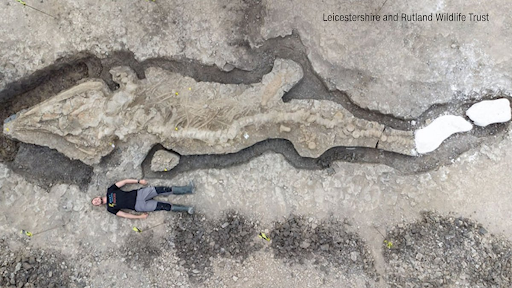
“It’s the most complete and larger than any dinosaur skeleton ever found here, so it’s a mega-find for so many reasons,” said paleontologist Dean Lomax, who oversaw the dig.
“It would have been right at the top of the food chain during this period.” It’s the ultimate apex predator, maybe the world’s largest animal at sea.” According to Anglian Water, which maintains the reservoir, two further partial and smaller ichthyosaurs were discovered on the site in the 1970s. Larger ichthyosaur fossils have been discovered beyond the United Kingdom, particularly in Canada, according to Lomax, however, such enormous remains are uncommon.
Ichthyosaurs, prehistoric marine reptiles that resembled dolphins or sharks, were originally unearthed on the Jurassic Coast of southern England approximately 200 years ago. 90 million years ago, they vanished off the face of the earth.
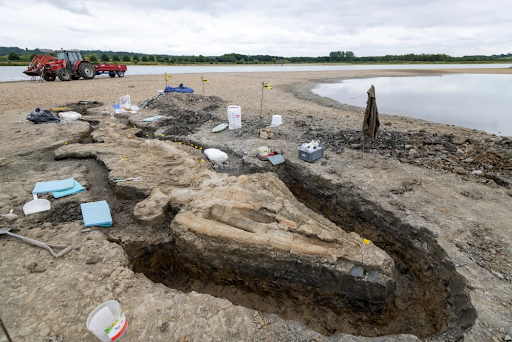
He spotted what seemed to be clay tubes protruding from the dirt, but upon closer examination, he realized the pieces were vertebrae. He contacted local officials, and Lomax arrived shortly after to inspect the fossils.
A team of paleontologists meticulously unearthed the large and delicate skeleton over two weeks in August and September 2021 in a difficult operation. To safeguard the fossil, it was enclosed in wooden splints and plaster.
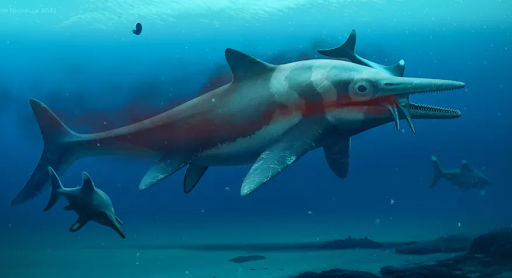
“The earliest ichthyosaurs discovered in the Jurassic Period were a couple of meters long, between five and ten feet,” Lomax said, “whereas this ichthyosaur, and others that have been discovered but are less complete, are the first true Jurassic giants.”
“It’s an intriguing approach to look at the ichthyosaur’s evolutionary history.”
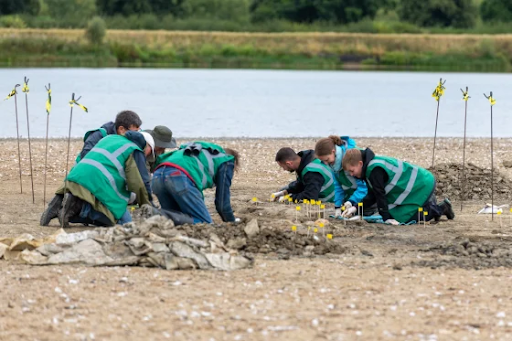
According to Lomax, the bones are currently in the lab of paleontologist Nigel Larkin, where they will be cleaned, conserved, and processed. Within the following 18 to 24 months, the Ichthyosaur will be ready for public exhibition.

